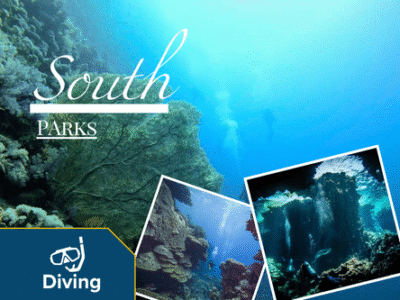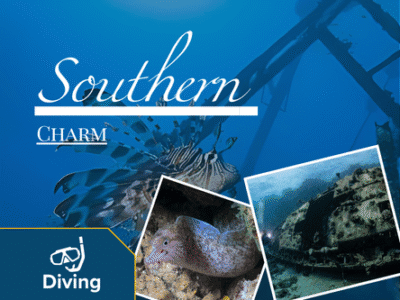Zabargad & Rocky
Zabargad Island (جزيرة الزبرجد Geziret El Zabargad), also known as St. John’s Island, is an enchanting destination in Egypt’s southern Red Sea—celebrated for its dramatic geology, rich history, and world-class diving experiences.
Legendary History
Zabargad Island has captivated explorers and jewel hunters since antiquity. Ancient Egyptians, Romans, and Ptolemies mined peridot (a gemstone called “zabargad” in Arabic and “topazios” by the Greeks) here, creating a legacy that stretches back over two thousand years. Local stories tell of its semi-precious stones being gifted to queens and coveted by rulers, with traces of old mining communities still visible as silent witnesses to the island’s vibrant past.
Unique Geology
Unlike most Red Sea islands, Zabargad isn’t volcanic—it’s the result of tectonic forces pushing up rock from the Earth’s upper mantle. This gives the island its distinct, rugged terrain, standing 235 meters above the turquoise sea and presenting rare geological formations including peridotite masses rich in gemstones. The natural landscape remains largely untouched, with most tourism concentrated on the coast and marine life.
Nature and Marine Life
As part of Elba National Park, Zabargad Island is a conserved wilderness. The beaches are quiet and home to nesting turtles (especially in Turtle Bay), and the cliffs and plateaus serve as breeding grounds for seabirds like sooty falcons. On land, vegetation is scarce due to little soil, but underwater, life flourishes among vibrant coral gardens that wrap the island.
The southern coast is sheltered and ideal for night dives and mooring liveaboards.
Coral reefs begin at about 10 meters, sloping gently to deeper sites at 35 meters or more, creating underwater wonderlands filled with anthias, butterflyfish, surgeonfish, rays, moray eels, and friendly sea turtles.
The corals, while beautiful, are sensitive to tourism, so sustainable diving is encouraged.
Diving Experiences
Zabargad is a diver’s paradise:
Diving Sites: From shallow lagoons and coral gardens to dramatic drop-offs and mysterious caves, the island offers something for every diver. The north plateau features coral pinnacles, and the south boasts vibrant fish schools and easy conditions for less experienced visitors.
Wrecks: Highlights include a Russian motor freighter (wrecked between 1–24 meters on the east side) and the elusive safari ship “Neptuna” on the west, both surrounded by rich marine life and the kind of historic intrigue divers love.
Wildlife: Expect encounters with leopard sharks, whitetip reef sharks, giant trevallies, rays, octopus, crocodilefish, and nudibranchs. Quiet bays also attract dolphins year-round.
Conditions: Most dives are best for open water advanced divers as currents and depths can be challenging, though sites like Turtle Bay are perfect for beginners and night dives.
Liveaboard Trips: Most visitors explore Zabargad via liveaboard diving safaris, often paired with nearby Rocky Island and St. John’s reefs for a multi-day deep south Red Sea adventure.
Responsible Tourism
Recent efforts to preserve Zabargad’s natural beauty include closing sensitive areas to repair coral damage and protect bird nesting. Divers and visitors are encouraged to follow sustainable practices, respecting both the marine environment and its storied history.
Zabargad Island stands out as an irresistible blend of ancient mystery, geological marvels, and extraordinary underwater biodiversity, making it a must-visit destination for adventurers, divers, and anyone seeking Red Sea magic.











